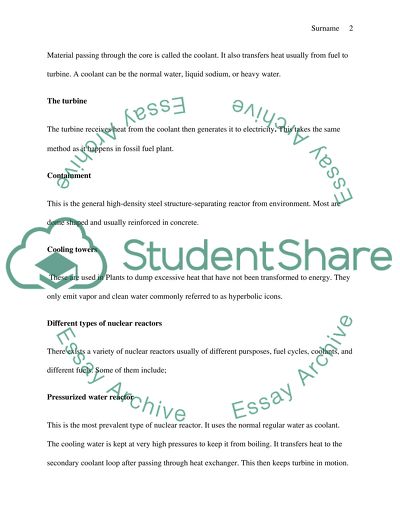Resoures needed Essay Example | Topics and Well Written Essays - 750 words. Retrieved from https://studentshare.org/physics/1490386-resoures-needed
Resoures Needed Essay Example | Topics and Well Written Essays - 750 Words. https://studentshare.org/physics/1490386-resoures-needed.


